Hi,
There is a window on our house that an earlier owned decided to cover up in order to create a wall to put cabinets and run stove ventilation. It is an upstairs apartment, and recently we decided we'd like to allow that light in. After a bit of work figuring out where the window would be located, we did manage to open up the wall. I had to cut through a 1/2" layer of drywall, then take out the fiberglass insulation, and finally cut through a 1/4 inch layer of plywood (very carefully so as not to crack the stained glass!).
I must say, it was an exciting process, and a bit scary knowing full well it could be a can of worms to open up the wall since you never really know the exact reasons why previous owners do things. At this point, I have to say we are extremely happy so far with the decision, a ton of character was gained by liberating this window to give it life from the inside. I'm including a few pics so you can see for yourself. The window itself is rather large, I estimated it at around 64" wide by ~36" from top to bottom.
I am now in the process of making decisions regarding what to do next with how we need to finish it off from the inside. The kinds of decisions we need to make are as follows:
1) The inner glass selection and where to add it (could add it closer to the stained glass or closer to the drywall). We need to protect the stained glass window from the inside, and also provide some kind of thermal barrier. I have no idea whether adding a single pane of glass is enough, I imagine not. For this size of window though what is enough? Double paned, triple paned? You can definately feel colder air there, and we want a thick enough protection so that it would be very very hard for a tenant to break it from the inside. Also what are the proper vocabulary terms for the kind of window we'd be looking for (non ventilated, just for the added light - as a protection and thermal barrier)? Finally what is the best way to install this "inner glass"?
2) Whether to leave the vertical studs in place or whether to open it up for full view. Money is also a consideration and I know the larger the glass the more expensive and also harder to work with. Ideally it would be wonderful to have the full view unobstructed, but I was thinking we may have to construct one or more vertical braces depending on cost and what is the best protection method. They wouldn't necessarily have to be in the exact location that the studs are currently, I don't believe those are load bearing, pretty sure they were erected mostly to hold the insulation in place. Either way, I'm sure we'll end up building a frame around the edges of 2x4's and whether we need any vertical ones in the middle is yet to be decided...any ideas?
3) how to close off the sides and tops of the space between where the drywall is on the inside wall and where the stained glass is. Not sure if this is clear enough, but the walls are fairly thick. For ease of visual image just look at your nearest door frame, theres about 3-4" of thickness in most doors. That "space" from our drywall to the window is roughly 10-12 inches. I was thinking of just adding some dark stained wood on the left, right, and top exactly flush with the wall so I can add trim along the outside. Along the bottom I'm thinking about adding a routed board, so that the tenant would be able to use the sill as a shelf for small plants. A shelf along the bottom would be nice, but then again, would encouraging tenants to set things up there be asking for trouble?
3) other considerations that apply to the above would be constructing this finished area in a way that will allow us to have access to clean the stained glass between tenants if need be (no adhesive glue). We'd like it to be a balance of hard enough to get at so that tenants won't open it up to mess with it
Have no experience installing windows, much less with stained glass so your advice/ ideas are much welcomed!

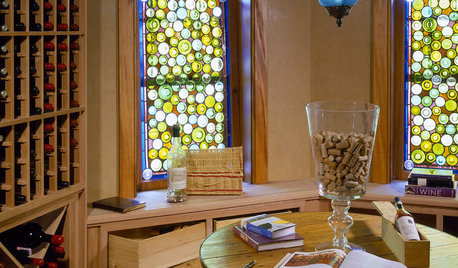
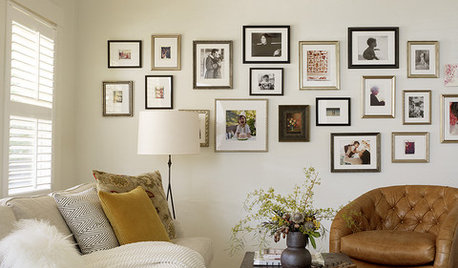

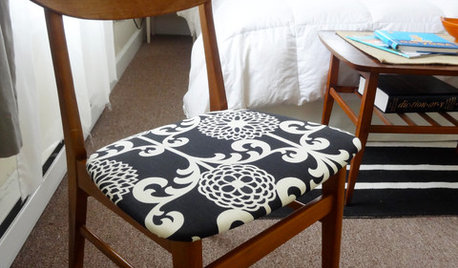
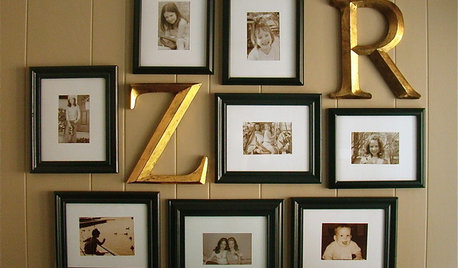

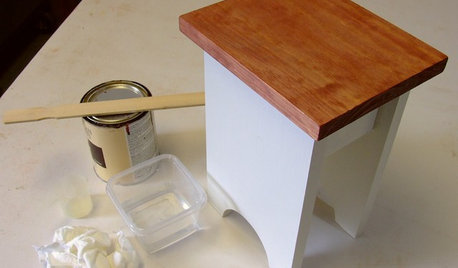
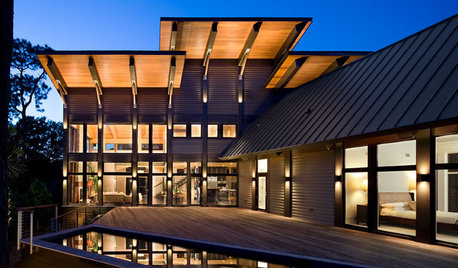
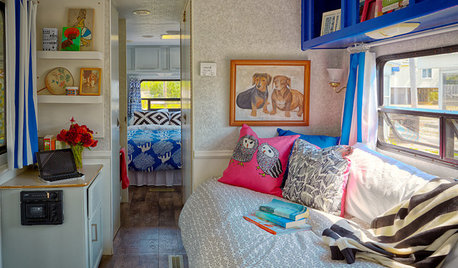









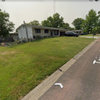
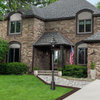
User
Windows on Washington Ltd
Related Professionals
Calabasas Window Contractors · Vista Park Window Contractors · Houston Window Contractors · Detroit Window Contractors · Naples Window Contractors · Bel Air North Interior Designers & Decorators · East Patchogue Interior Designers & Decorators · Struthers Interior Designers & Decorators · Bon Air General Contractors · Chillicothe General Contractors · Modesto General Contractors · Mount Laurel General Contractors · Carol City Carpenters · San Marcos Carpenters · Valdosta CarpentersJackson23Original Author